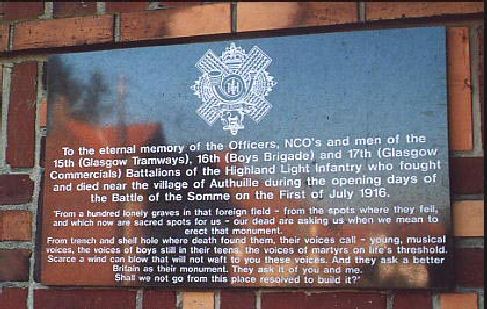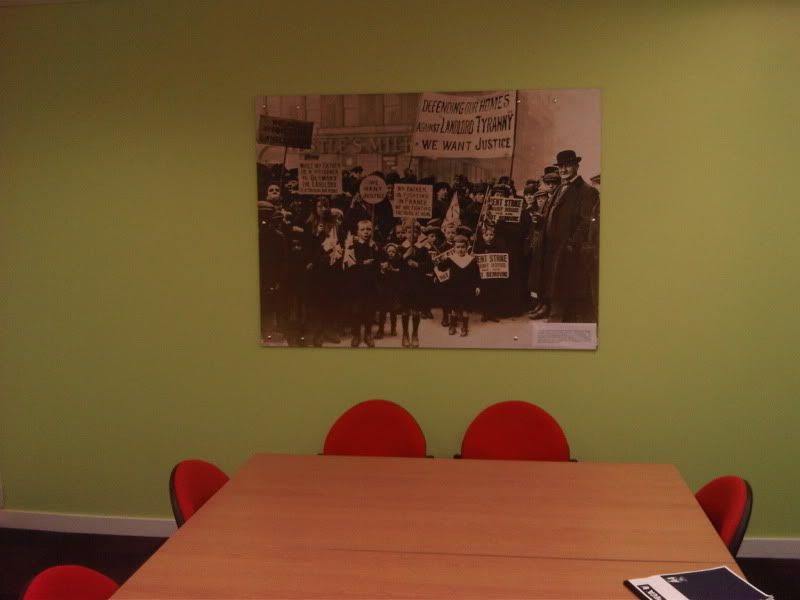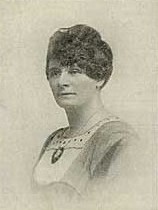This blog page will cover ...
Wartime effects of war on industry, agriculture and fishing; price rises and rationing; post-war economic change and difficulties; post-war emigration; the land issue in the Highlands and Islands.
Source: Watch this clip from the BBC series, "A History of Scotland".
">
Industry
The immediate impact of the war was to create a massive demand for those goods which Scotland was well equipped to provide: iron and steel and even aluminium (produced near Fort William), coal, West Lothian's oil, locomotives, shipping etc. The need for production was such that the government controlled these industries until the end of the war.
This massive boost was only temporary. It also disguised some basic weaknesses such as a lack of investment in new techniques and modern machinery which made it difficult for Scottish firms to compete with foreign companies in the longer run.
When the war ended, for a couple of years, there was a "replacement boom" as factories replaced worn out machinery, soldiers spent their demobilisation pay and families bought goods they had been deprived of during the war. Then demand fell and Scottish industry went into recession. The government also ended the controls and guaranteed prices which had boosted industry during the war. Government policy also kept the value of the £ high which made it more expensive for foreign consumers to buy Scottish goods.
The recession lasted for most of the 1920s and 1930s until the approach of WW2 and re-armament boosted industry again.
Post war emigration
Source: Historian WW Knox
During the 1920s and 1930s the principal aim of the emigrants was to find work and wages and escape mass unemployment at home. Age-wise this has generally most affected the age group 16-29; in terms of occupation, skilled rather than unskilled workers; and in terms of sex, men rather than women. Although most of the emigrants were able to make a better life for themselves and their families abroad, the impact on Scotland has been less favourable. Many of the most productive and talented Scots have left their birthplace to enrich, both economically and culturally, other countries at the expense of their own.
 Agriculture and Fishing From this web page
Agriculture and Fishing From this web page
Fishing
Major industry before the First World War, employing over 32,500 men. By 1917, employing fewer than 22,000 men.
White fish industry decimated, only herring industry remained stable.
North Sea almost totally closed to fishing.
Fishing only allowed in inshore areas on the West coast, banned in the Firth of Clyde.
East coast ports taken over by the Admiralty, neutral fishing boats banned.
Loss of herring trade to Russia and Northern Germany caused a slump.
Royal Navy Reserve (Trawler Section), 8,000 strong, kept the industry going when restrictions elsewhere prevented its operation. 2,000 of these fishermen came from Lewis.
Restrictions on how much could be fished pushed up prices and by 1917 white fish was rationed.
From 1917 onwards: slight improvement to industry when the Germans started unrestricted submarine warfare.
Many of the Scottish fishermen and merchant navy sailors who lost their lives came from the Western Isles; a local perception that these areas suffered disproportionately.
Agriculture
Food became increasingly scarce and more expensive as the war progressed. Government promoted self-sufficiency by introducing measures to make more farmland arable.
Attempt to grow more in Scotland not very successful as amount of suitable land was limited; many were hill farms. Only 5 out of 19 million acres were under crops.
Labour shortage as many had volunteered to fight in the war; more men in this industry than elsewhere. Number of farm workers dropped by 18,000 over the course of the war.
Main contribution from farming in Scotland was from sheep farming: wool and meat.
Sheep industry enjoyed full employment and high wages from 1916, when the Government bought all of Scotland’s wool production.
Average wage of a ploughman more than doubled by 1919.
Oats and vegetables all increased in amount being farmed and yield because of the need to grow more home products.
Food shortages led to ‘meatless’ days by 1918: Wednesdays and Fridays in Scotland.
Food rationing in operation in Scotland by 7 April 1918.
1920 Agricultural Act introduced to maintain prices and production. However, by 1921 this Act was abandoned because of the poor state of the economy causing hardship for many farm workers who lost jobs or had wages cut.
The land issue in the Highlands and Islands.
The casualties caused by the war and the re-newed emigration which followed were felt especially strongly in the Highlands and Islands of Scotland. These areas had been suffering de-population for fifty years before WW1.
All this made those who were left all the more determined to bring about changes and the change which they sought was in land ownership. They were helped to some extent by promises made by Prime Minister David Lloyd George during the war. He said that the men who fought the war must return to a land "fit for heroes".
Highland crofters had enjoyed security of tenure from 1886. The 1919 Land Settlement (Scotland) Act released funds and allowed the Board of Agriculture to compulsorily purchase private land. However, the process was time consuming. Land raids occurred, especially by ex-servicemen who expected land on their return from the trenches, in areas like Lewis, Uist, Skye and Sutherland.
You can find out more about this issue and emigration after the war from this website.









